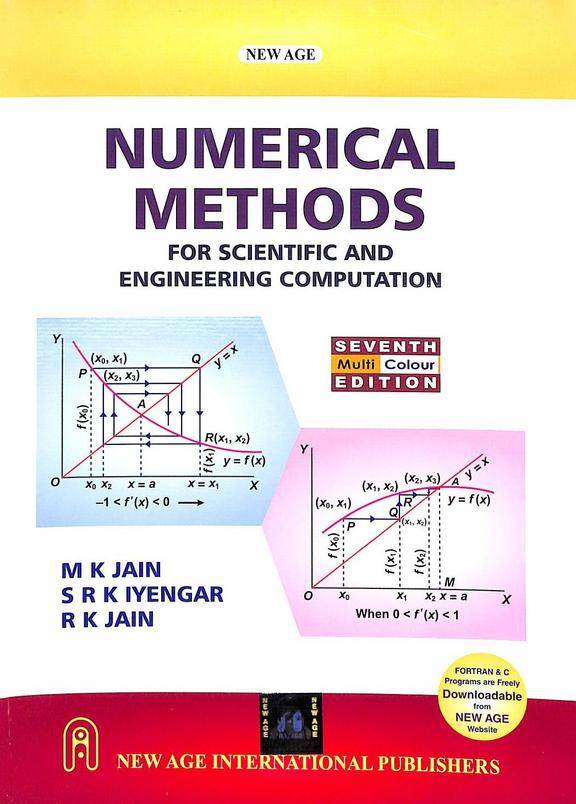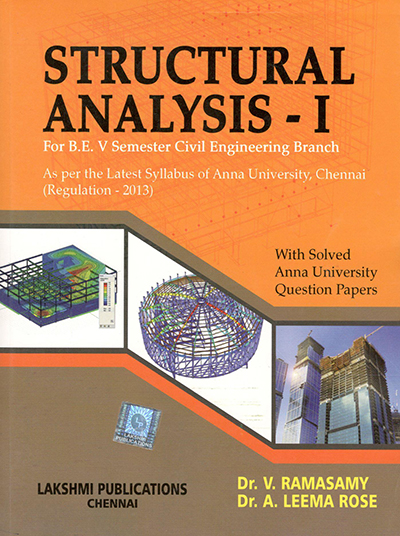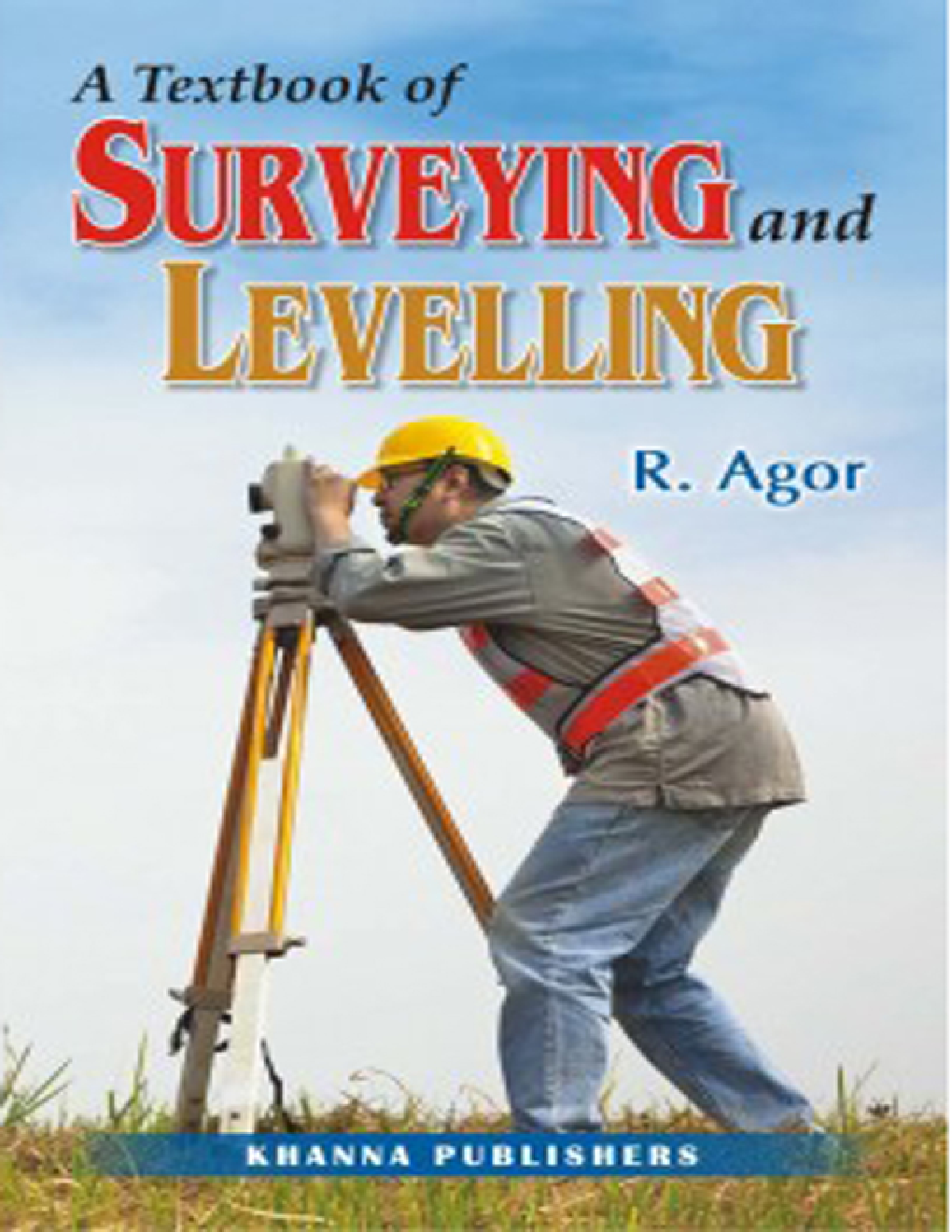Electronics Engineering covers Communication Engineering, Microelectronics, VLSI & Embedded Systems, Signal Processing, Instrumentation Engineering, and Electromagnetic and Microwave.

- Teacher: Shivahari Acharya
Hydraulic engineering as a sub-discipline of civil engineering is concerned with the flow and conveyance of fluids, principally water and sewage. This area of civil engineering is intimately related to the design of bridges, dams, channels, canals, and levees, and to both sanitary and environmental engineering.

- Teacher: Prakanda Dawadi
- Teacher: Dev Raj Joshi
The aim of the course is to develop a sound understanding of the various numerical techniques, principles and their application to Civil engineering problems. Fundamental principles and basics of numerical methods will be covered.

- Teacher: Purna Sharma
The structural members are connected together by providing different types of joints or supports. ... Structural Analysis is the branch which involves in the determination of behavior of structures such as Buildings, Bridges, Dams, Towers, Offshore Platforms, Retaining Walls, Truss, Foundations and Stadiums.

- Teacher: Aashish Poudel
Surveying is the process of analyzing and recording the characteristics of a land area span to help design a plan or map for construction. Total Station is the currently preferred Surveying equipment in the industry.

- Teacher: Lok Nath Subedi

